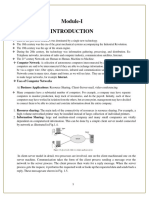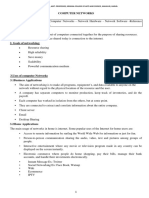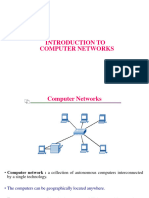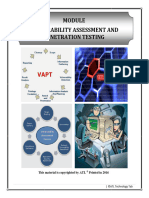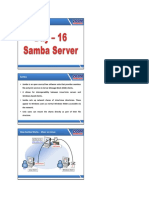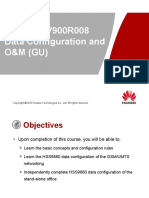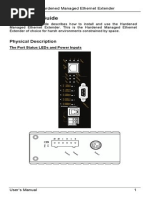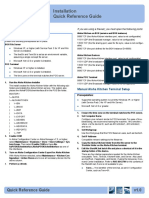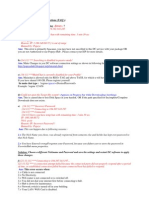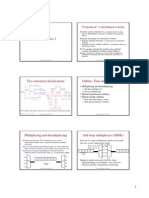0% found this document useful (0 votes)
25 views24 pagesNET200 - Chapter 1 & 2
The document covers the fundamentals of computer networks, including definitions, uses, and telecommunication systems. It discusses various applications of networks in business, home, mobile, and social contexts, as well as different network topologies such as point-to-point, star, bus, ring, mesh, and tree. Additionally, it highlights the importance of communication modes and the components of telecommunication systems for effective data exchange.
Uploaded by
mberengakelvin0Copyright
© © All Rights Reserved
We take content rights seriously. If you suspect this is your content, claim it here.
Available Formats
Download as PDF, TXT or read online on Scribd
0% found this document useful (0 votes)
25 views24 pagesNET200 - Chapter 1 & 2
The document covers the fundamentals of computer networks, including definitions, uses, and telecommunication systems. It discusses various applications of networks in business, home, mobile, and social contexts, as well as different network topologies such as point-to-point, star, bus, ring, mesh, and tree. Additionally, it highlights the importance of communication modes and the components of telecommunication systems for effective data exchange.
Uploaded by
mberengakelvin0Copyright
© © All Rights Reserved
We take content rights seriously. If you suspect this is your content, claim it here.
Available Formats
Download as PDF, TXT or read online on Scribd
/ 24


